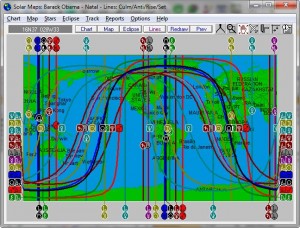

This year's last solar eclipse will not be visible from India.

The only place on Earth where the total solar eclipse will be visible on December 4 is Antarctica.

People living at the centre of the Moon's shadow see a total eclipse, when the sky turns dark. This allows the Moon to cast a shadow on Earth by fully or partially blocking the Sun's light. A solar eclipse takes place when the Moon occupies a position between the Sun and Earth in a straight line. People in the Southern Hemisphere will be able to experience a total or partial eclipse of the Sun. The last solar eclipse of 2021 will occur on December 4.


 0 kommentar(er)
0 kommentar(er)
